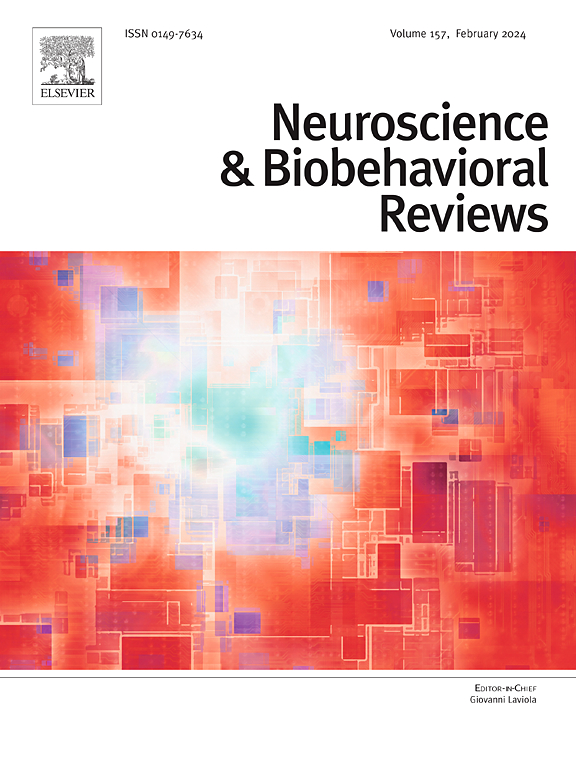卵巢类固醇激素的细胞和分子作用机制。I:调节中枢神经系统功能。
IF 7.9
1区 医学
Q1 BEHAVIORAL SCIENCES
引用次数: 0
摘要
类固醇激素通过细胞内受体发挥作用的传统方式已得到广泛认可。关于激素最终会发生什么变化,以及为什么组织吸收多少激素与激素通过受体结合产生的生物效应之间并不总是存在紧密联系,这些都是未解之谜。类固醇激素还可能产生非传统效应,这些效应发生得很快,但不涉及进入细胞。这些非传统作用的几种可能机制包括:(a) 膜流动性的变化;(b) 类固醇激素作用于细胞外表面的受体;(c) 类固醇激素调节细胞膜上的 GABAA 受体;(d) EGF、IGF-1 和多巴胺等因子激活类固醇受体。数据还表明,类固醇激素可能通过受体插入 DNA,充当转录因子。这些拟议的新作用机制不应被视为对传统机制的挑战。相反,它们有助于人们更全面地了解荷尔蒙是如何发挥作用的,从而产生快速、短期和长期的作用,以满足人体的生理需要。本文章由计算机程序翻译,如有差异,请以英文原文为准。
Cellular and molecular mechanisms of action of ovarian steroid hormones. I: Regulation of central nervous system function
The conventional way steroid hormones work through receptors inside cells is widely acknowledged. There are unanswered questions about what happens to the hormone in the end and why there isn't always a strong connection between how much tissue takes up and its biological effects through receptor binding. Steroid hormones can also have non-traditional effects that happen quickly but don't involve entering the cell. Several possible mechanisms for these non-traditional actions include (a) changes in membrane fluidity, (b) steroid hormones acting on receptors on the outer surface of cells, (c) steroid hormones regulating GABAA receptors on cell membranes, and (d) activation of steroid receptors by factors like EGF, IGF-1, and dopamine. Data also suggests that steroid hormones may be inserted into DNA through receptors, acting as transcription factors. These proposed new mechanisms of action should not be seen as challenging the conventional mechanism. Instead, they contribute to a more comprehensive understanding of how hormones work, allowing for rapid, short-term, and prolonged effects to meet the body's physiological needs.
求助全文
通过发布文献求助,成功后即可免费获取论文全文。
去求助
来源期刊
CiteScore
14.20
自引率
3.70%
发文量
466
审稿时长
6 months
期刊介绍:
The official journal of the International Behavioral Neuroscience Society publishes original and significant review articles that explore the intersection between neuroscience and the study of psychological processes and behavior. The journal also welcomes articles that primarily focus on psychological processes and behavior, as long as they have relevance to one or more areas of neuroscience.

 求助内容:
求助内容: 应助结果提醒方式:
应助结果提醒方式:


